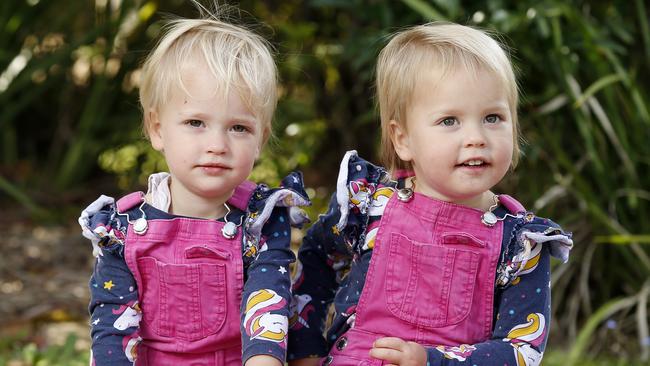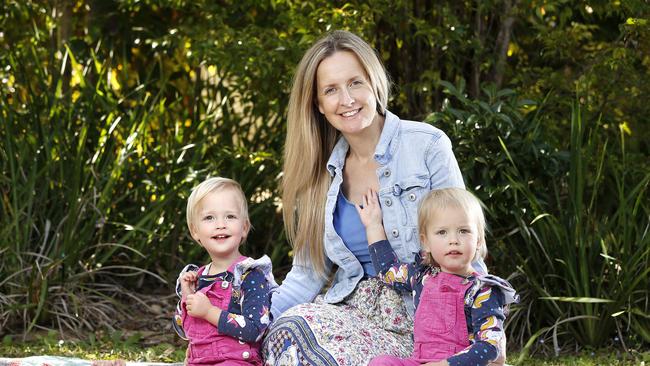Induction of twins soars but no drop in number of deaths
The traditional early birthing of twins is under question as new Australian research shows that while preterm births have soared there is no evidence of a drop in foetal deaths or stillbirths.
QLD News
Don't miss out on the headlines from QLD News. Followed categories will be added to My News.
The traditional early birthing of twins is under question as new Australian research shows that while preterm births have soared there is no evidence of a drop in foetal deaths or stillbirths.
Obstetric intervention before 40 weeks gestation has long been considered the best way to keep babies safe but a study out today in the Australian and New Zealand Journal of Obstetrics and Gynaecology shows the benefits of prolonging pregnancy should not be overlooked.

The research from Monash University and the University of Amsterdam was a peer reviewed observational study of twins in Victoria. The rates of preterm births increased from 52 per cent of twin births in 2001 to 69 per cent of twin births by 2017 but this increase was not accompanied by a drop in foetal deaths or stillbirth from 28 weeks of gestation.
Queensland obstetrician Gino Pecoraro said the new research is interesting but parents need to be aware that the data shows deaths only in the perinatal period and death and morbidity could occur after this period.
“The recommendation for twins has always been a 36 week cut off. We know that there is a very high risk for babies in complicated pregnancies going beyond 37 weeks. The timing of the birth of twins is not a simple decision. This research has certain limits. Often we have to consider the health of the mother late in pregnancy,” he said.

The latest Australian Bureau of Statistics data shows that in 2015 there were 4291 sets of twins, representing 1.4 per cent of all births.
Sunshine Coast midwife Clarice Davis is a mum of six, including twin girls and she believes in the mum carrying the twins for as long as health allows.
“I didn’t want to be induced at 36 weeks as I think it is better for the child’s development to stay in the womb. But the girls came when they were ready — naturally at 37 weeks,” she said.

